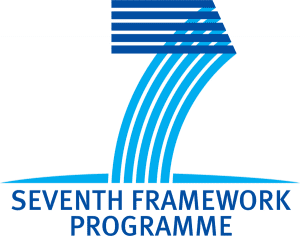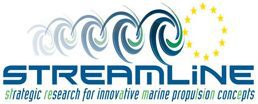A £2 million project to advance the safe design and operation of gas turbines, reciprocating engines and combined heat & power systems using hydrogen based fuels has been launched by the Energy Technologies Institute (ETI.) ETI is a public private partnership between six global industrial companies – BP, Caterpillar, EDF, E.ON, Rolls-Royce and Shell – and the UK Government who’s tasked with developing “mass scale” technologies that will help the UK meet its 2020 and 2050 energy targets.
Through new modelling and large-scale experimental work the ETI project is looking to identify the bounds of safe design and operation of high efficiency CCGT (combined cycle gas turbine) and CHP (combined heat and power) systems operating on a range of fuels with high and variable concentrations of hydrogen.
The goals of the project are to increase the range of fuels that can be safely used in power and heat generating plant by:
- In identifying the boundaries of safe design and operation of power generation systems using hydrogen based fuels; and
- Identifying improvements in the detailed design and instrumentation of hydrogen fuelled power systems in order to deliver more robust and inherently safer system designs.
SCITEK’s involvement with the ETI project is to assist in the design, manufacture and instrumentation of a scaled down experimental rig that features a small gas turbine engine (RR Viper 201) to provide hot gas flow.
SCITEK has also assessed the mixing characteristics of the proposed gas injection system utilising CFD modelling of high temperature, compressible gas jets in cross flow, with species transport.





